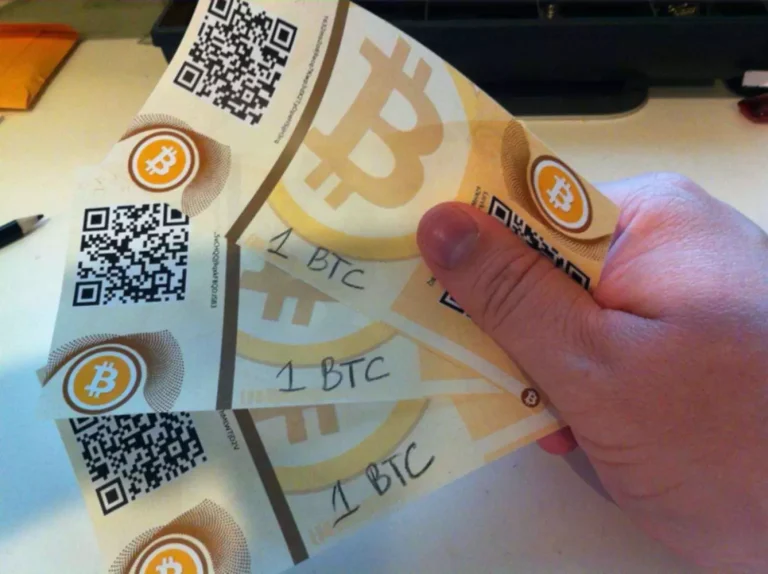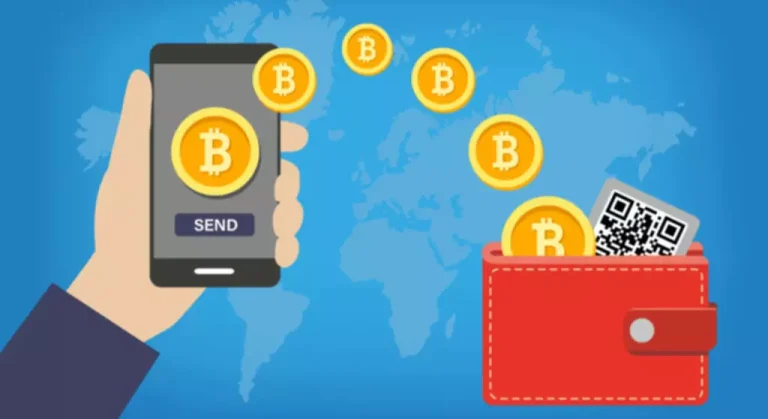The Reserve Bank of India (RBI) has recently lifted the informal restrictions on the rupee non-deliverable forward (NDF) trade it had positioned on native banks in October 2022. After two months, if the speed is 10.5, Japan’s Yen has increased in value, and also you owe the other celebration money. In case the rate will increase to 12, you will receive money from the other celebration.

Realizing that offshore markets have turn out to be essential over time, many central banks and home regulators have tried to exert stress on home and offshore market individuals through overt and covert interventions. But this is exactly the wrong factor to do as more restricted onshore markets turn out to be, extra will be the migration of value discovery to offshore markets. As the worldwide economy turns into increasingly interconnected, companies and buyers are exposed to fluctuations in overseas trade charges, making NDFs a crucial device in managing financial danger. Non Deliverable Forwards are spinoff contracts that permit events to lock in a future exchange rate for a selected forex pair without physically exchanging the underlying currencies at maturity. Onshore and offshore currency markets check with the location of forex buying and selling activities and are generally used to distinguish between markets that have different rules and exchange charges. When currencies are bought throughout the local market, it is called an onshore market.
How Ndfs Function In India
● For example, the buying and selling of Indian Rupee outside of India is taken into account the offshore rupee market. Banks and monetary establishments perform arbitrage actions between onshore and offshore markets to reap the benefits of differential regulatory environments and change fee differences. The offshore market and the onshore market are interconnected with each other in case of transactions and the subsequent volume. The price discovery within the onshore market becomes vulnerable to influences from the offshore market if the amount within the offshore market is higher than the onshore market. Therefore, central banks frown upon the concept of an offshore marketplace for currencies because the larger the offshore market, the harder it’s for the central banks to handle their country’s financial stability.
If the INR has depreciated in opposition to the USD, the overseas counterparty pays the Indian corporation the difference. Conversely, if the INR has appreciated, the Indian company pays the counterparty. Trusted by over 2 Cr+ clients, Angel One is certainly one of India’s main retail full-service broking homes. We provide a wide range of revolutionary

By considering components corresponding to rates of interest, trade charges, and market expectations, the pricing of NDFs can be calculated and utilised as a threat administration tool. The construction of a Non Deliverable Forwards contract entails an settlement between two parties to exchange a particular amount of one forex for another at a predetermined trade price on a future date. Their non-deliverable facet sets NDFs apart, where no physical supply of the foreign money occurs. Instead, the settlement is made in a extensively traded currency just like the US dollar (USD). Corporations use them to hedge foreign money danger in markets with forex restrictions, whereas investors and merchants use NDFs to invest on foreign money movements in rising markets the place full foreign money convertibility just isn’t obtainable.
Offshore Market:
In currency trading, traders will purchase one currency and simultaneously sell one other foreign money, with the aim of profiting from the change fee difference between the 2 currencies. For instance, a dealer may buy US dollars with Euros, anticipating that the worth of the US dollar will improve relative to the Euro. If the exchange fee rises as expected, the trader can promote US dollars and buy back Euros, profiting from the distinction in exchange https://www.xcritical.in/ charges. A Non-Deliverable Forward (NDF) is a monetary derivative utilized in the Forex market. It permits events to invest on or hedge towards potential modifications in forex trade rates, notably in emerging markets the place currencies aren’t freely convertible. The offshore forex market for NDF emerged in the course of the 90s for Korean Won and Brazilian Real, but now other major foreign currency exchange also trade in it.

Conversely, if expectations anticipate forex appreciation, the NDF value will incorporate a premium. Let’s say an Indian corporation needs to hedge its exposure to fluctuations within the INR/USD exchange fee. They enter into an NDF contract with a foreign counterparty, agreeing to trade a certain amount of INR for USD at a fixed fee at the end of the contract time period. Everyone desires to maximise the return on investment on their respective investments. Most Indians believe that the Indian Currency market is proscribed and extremely regulated because it requires a lot of documentation, KYC particulars, etc. Investment in securities markets are subject to market risks, learn all of the associated documents carefully earlier than investing.
How Do Offshore And Onshore Currency Markets Work?
Suppose he expects Indian rupee to depreciate in opposition to the dollar within the subsequent three months and buys a ahead for Indian cash, which he settles in greenback because of convertibility restrictions. Under the contract, a specified asset is agreed to be traded at a later date at a specified price ndf trades. Investments within the securities market are topic to market danger, read all associated paperwork rigorously before investing.

When their settlement ends, they simply pay or obtain money based mostly on the difference between this agreed price and the currency’s real price at the moment. As we now have mentioned above, physical settlement of the asset by no means takes place in NDF trading. Two events conform to settle the differences in rate, between the agreed worth on contract and spot price, in money, ideally in US dollar. You buy foreign money pairs on the Foreign Exchange Market and promote when the change fee is high, making you earnings. Here, the central bank regulates the buying and selling; for India, it’s the Reserve Bank of India. Understanding how non deliverable forwards are priced is crucial for traders and companies engaging in worldwide transactions.
The Way To Dematerialize Your Physical Share Certificates?
However, what sets NDFs apart is that they don’t culminate within the bodily delivery of the currency at the contract’s end. Instead, the discrepancy between the NDF price and the fixing rate is settled in money between the contracting parties. Forward contracts are non-public agreements between two events to buy or sell an underlying asset at a predetermined time and worth. These contracts carry market and credit threat and solely reveal their profit or loss on the contract’s settlement date.
- This led to a parallel market for EMCs in offshore markets generally identified as Non-deliverable forward (NDFs).
- For example, if an organization operates in a country with strict guidelines on currency change, it’d use an NDF to protect itself from losing cash as a outcome of changes in currency values.
- The offshore market and the onshore market are interconnected with one another in case of transactions and the subsequent volume.
- This allows individuals to hedge their publicity to non-convertible currencies without violating capital controls.
- Forward contracts are traded extensively as they’re relevant for both buyers and sellers.
But as these markets grow, merchants face challenges due to low accessibility and liquidity barriers. As a outcome, they shift to offshore areas the place they’ll hedge towards market exposure with minimum restrictions. Forex merchants use NDF market to hedge their net possession on certain currencies which they can’t do in the home market. The incontrovertible truth that these could be traded in India and abroad makes it even more challenging to know. Like, USD/INR futures contracts bought in the over-the-counter (OTC) market in London through NDF or non-deliverable futures contracts may be tough for some individuals to understand.
More Restricted Onshore Markets Turn Out To Be, More Will Be The Migration Of Value Discovery To Offshore Markets
For instance, if the agreed price was ₹70 to $1 and the rate at the contract’s maturity is ₹75 to $1, the corporate would obtain a payment based on the difference in these rates, settled in dollars. This transaction allows the corporate to hedge towards its rupee publicity without handling the precise foreign money. Conversely, if the rupee appreciates, the corporate must pay the difference, demonstrating the chance inherent in such contracts. With the utilization of NDF, foreign money merchants can reach an settlement to settle the variations in rates of currencies. So here, there will be an agreed price on the contract and the spot rate in money, largely in US Dollars. ● Onshore currency markets, or home monetary markets, are the place securities are both issued and traded inside the same jurisdiction.
Big gamers often enter each onshore and offshore currency markets at the similar time. Although offshore currency buying and selling through NDF enjoys growing interest amongst traders, it’s not free from controversies. Trading in a overseas location makes it notably challenging for regulators like RBI and SEBI to observe, which is why the regulators are wary of offshore currency trading. Moreover, overseas markets also eat into the share of native market trading as huge investors shift their deals to international places where it’s much less regulated and cheaper.
Trading Ndf Contracts In The Offshore Market
These futures contracts are traded in principally large finance markets of London, Singapore and Dubai or the neutral markets amongst overseas investors. If you’re doing every thing legally and following predetermined channels within the offshore market, you haven’t got anything to fear. However, additionally it is better to stay to the onshore forex marketplace for buying and selling currencies because it helps the Indian financial system, and in consequence, helps appreciate the value of the Indian foreign money in foreign exchanges.


